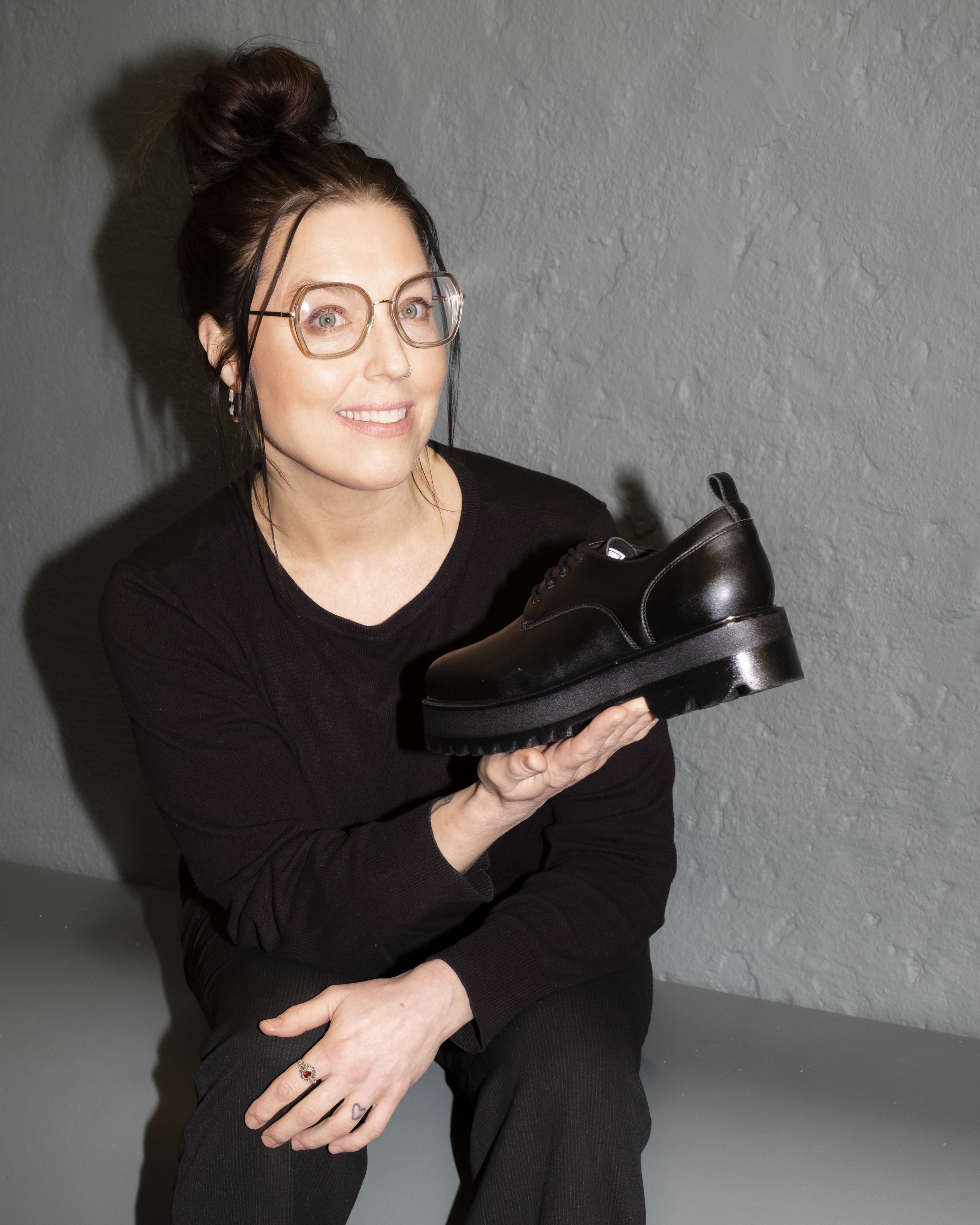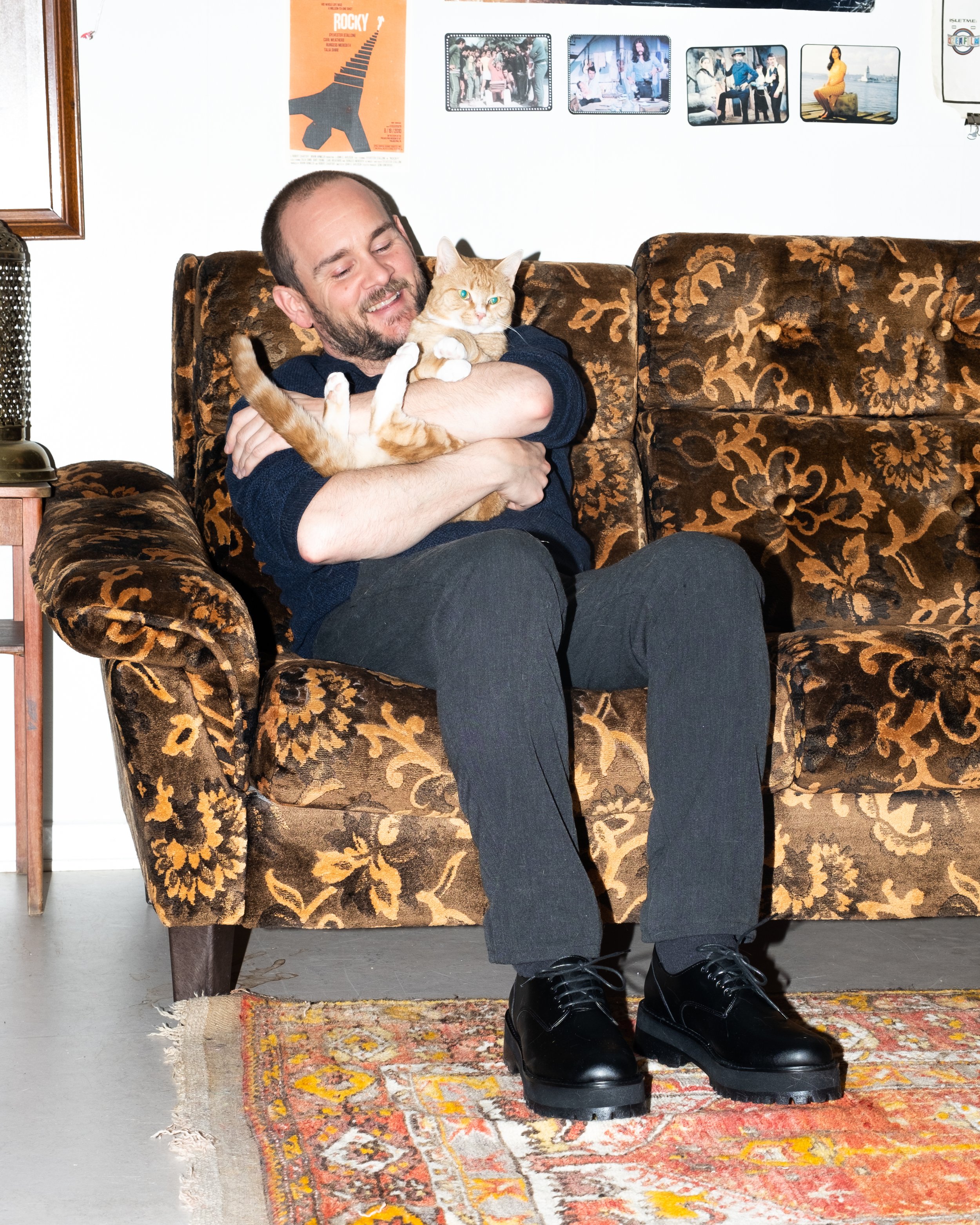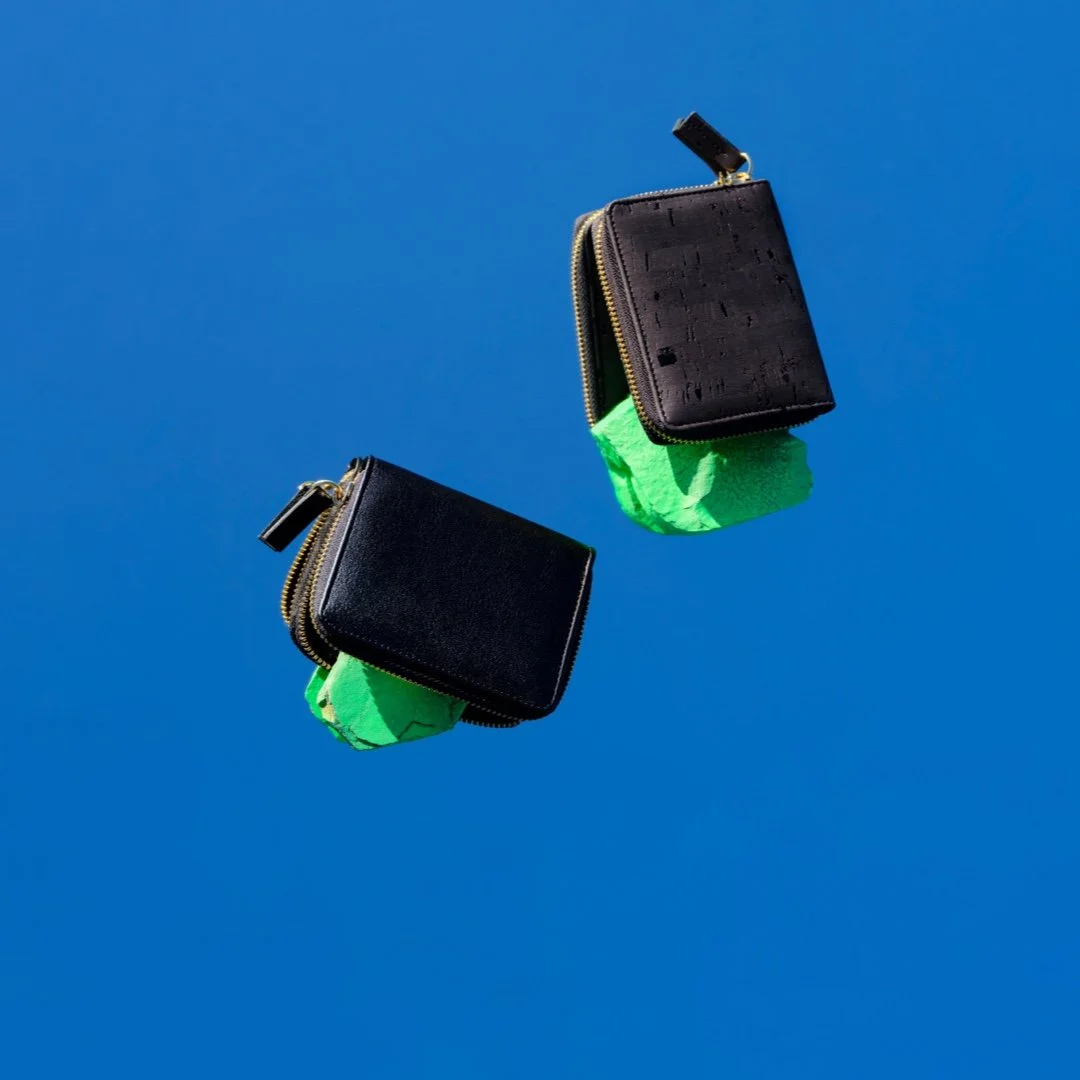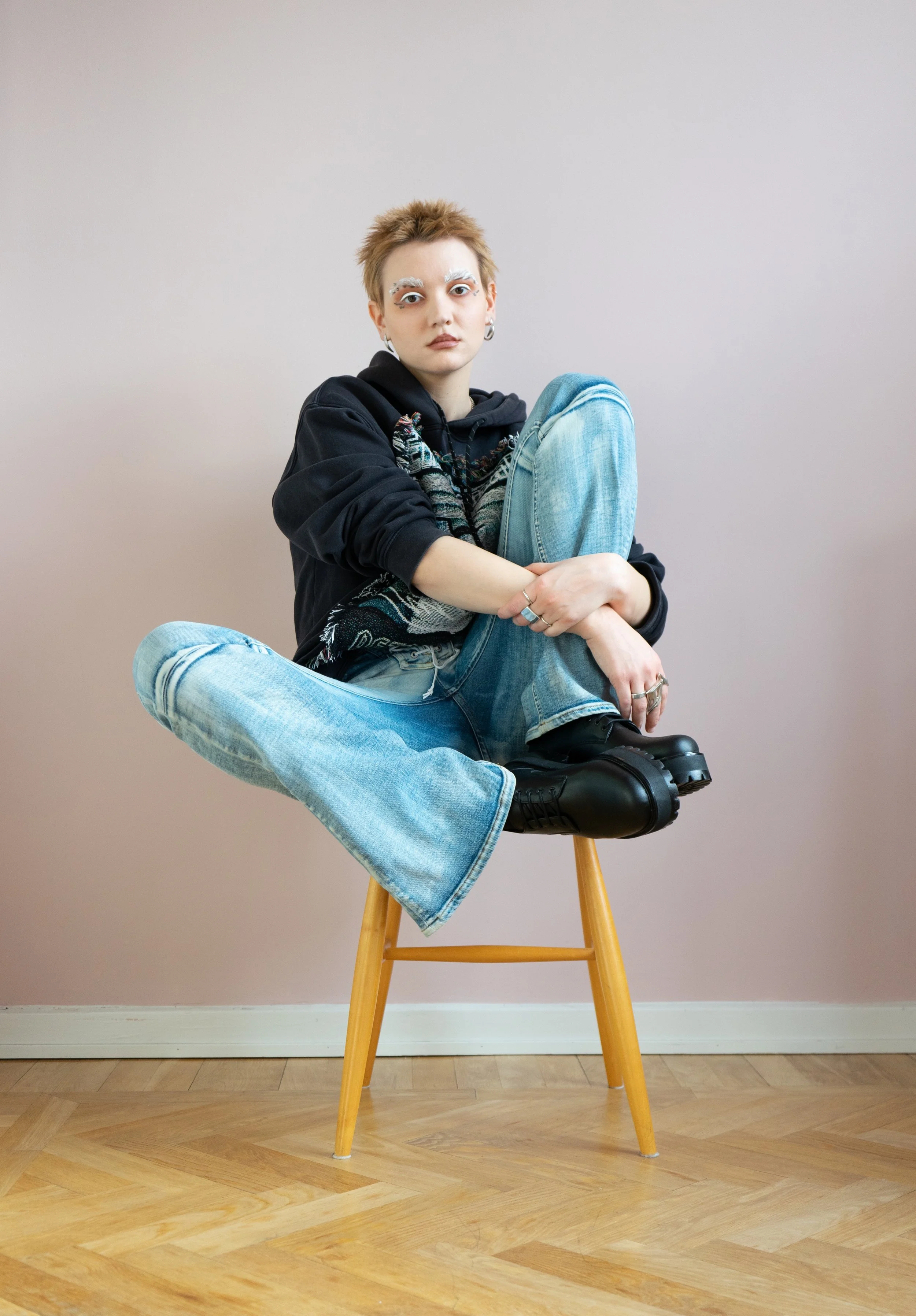Vegan fashion - what is it and is it sustainable?
Vegan food is becoming more and more common. New products are a common sight in many major big cities in Europe. Several scientists has also pointed out that we need to reduce meat consumption in the West in order to be in line with the Paris Agreement and the climate target of keeping global temperature under 1.5 degree Celsius increase on average. Veganism has also entered the beauty and fashion scene since long time back, but more and more companies are now claiming that they are vegan. But does vegan mean sustainable? Or can vegan fashion be more harmful to nature? Can we be good to nature and animals at the same time? We asked the founder and CEO of Green Laces, a vegan fashion store in Stockholm what she thinks about the topic and how she navigates when choosing brands to resell.
Hello Nina, thank you for sharing your perspectives on vegan fashion and sustainability. To start, why is vegan fashion needed and can you please summarise what are the major ethical problems with the animal products that are being used today?
Thank you for reaching out and for highlighting this topic. The ethical problems with animal derived products are several, but not all aspects are as problematic to everyone. The question about suffering is always open to debate, but regardless of your thoughts on the exploitation of animals, there are a couple of things regarding animal derived products that are disturbing to most of us (including scientists). My main field of expertise is shoes, so I focus on learning as much as possible about vegan leather and suitable materials for shoes.
At present, the top six countries producing tanned leather are: China, Italy, India, Brazil, Korea and Russia. Hides are often acquired from animals in these countries and are then shipped to other countries to be processed. For example, a company in the UK might buy leather from China and ship the hides in a refrigerated container to somewhere such as Italy, where they are famous for their tanning methods, and then re-import the finished leather back to the UK before selling it. Despite some other countries being better known for their production of leather, 80% of the world’s leather products are now made in China and 65% of the leather comes from cows. So you can easily see here, that if not tracked and monitored well, the transportation and the origin of the leather can be hard to determine. And apart from all this transportation, what is so bad about animal derived leather? Well, all the steps in the process from animal to a final product involve lots of harsh chemicals. The hide needs to be removed from the animal, preserved, tanned, dyed and moisturized before the leather can be used for new products. In 90% of the cases the leather is tanned by the use of chrome, which is known to cause cancer. The leather is very often treated with biocides so that it won’t rot or mold during transportation. Formaldehyde is used to fixate the dyes and all of the just mentioned components are fierce to the humans who work in the factory as they are toxic and cause cancer, asthma and allergies.
If you are interested in animal welfare, you should know that not only is the animal industry unfavorable for the animals while they are still alive, the after treatments of the hides in most cases fiercely pollutes the surroundings, such as watercourses, and harm the aquatic animals. So really, if you want to do good - pick a vegan product that is sustainably made and you will feel better about your look.
What are the synergies between vegan fashion and environmentally and climate friendly fashion where do they go hand in hand and are there areas why they might be in conflict?
I am an advocate for reuse and long lasting wardrobe relationships, so I would strongly recommend you to avoid fast fashion if you want to be climate friendly. When it comes to shoes, however, I recommend you buy new. Shoes are shaped by the person who wears them, so you should avoid wearing shoes that are shaped by somebody else's feet. Now, if we want a long lasting relationship we better pick high quality. A high quality vegan pair of shoes has a much lower impact on the environment than any leather shoes and we avoid all the harsh chemicals. But make sure you know the brand and the production. A lot of conventional brands have started making vegan shoes without paying attention to the ethical aspect and the durability. A proper vegan leather should be the equivalent to animal derived leather - it should be breathable, flexible and durable - and so far I believe only the vegan brands have the knowledge. A lot of the mainstream/fast fashion brands make dreadful faux leather shoes and that are not good for anyone. So there you have one of the conflicts - synthetic fast fashion shoes are often a problem since they are not made to last. They are not made to be worn again and again, to be resoled and so on. They are made to look good for a short period of time and with little thought put into ergonomics and durability.
A lot of sustainability brands are still using animal products because they believe it is a good quality material and they avoid using materials from fossil fuels, how should we as consumer navigate in what brands that are truly good or not? Do you have any tips and recommendations?
I have a framework in which I move around. I want to enjoy myself as much as possible and do as little harm as possible. For me a vegan lifestyle offers just that. A lower climate impact and zero killing. Most of the premium vegan shoe brands have a very low climate impact, so you should look for that. For example PU has one third of the environmental impact of cow leather. High quality vegan leather also has a life cycle that is equivalent to animal derived leather. If you are into animal derived leather make sure you ask the brands about where the animals grew up, where they were slaughtered, what chemicals were used during the shipping process and where and how the leather was tanned. Then you make a decision. So you see - the answer is perhaps to be found with the leather shoe producers? In my experience the vegan footwear brands are far more transparent than the leather shoe producers.
What are the vegan materials that are also environmentally friendly and where would you say vegan fashion are today?
In the 1980’s the vegan boots were mostly made of PVC. This plastic has outstanding qualities when it comes to durability and strength. The PVC bag will be with you literally forever and it will stay in shape. We still today see a lot of PVC in both fast fashion and high end fashion, but I think this is a non- vegan option. There are great problems attached to this material as it causes cancer when made and it causes cancer when destroyed. So this is not a material worthy the compassionate and sustainable future we are trying to create here.
Better than to use PU, polyurethane. This is a synthetic that when combined with organic fibers can become the equivalent to animal derived leather. It has a much lower impact on the environment and it is also biodegradable. PU is today the base that we use in all the products we call vegan leather goods. It can give us the feel and the functions that we are looking for. Most of the vegan bags and footwear that you see on the market are made of PU.
The PU is often cotton backed which makes the shoes comfortable and breathable. Lately the industry has presented several different vegan leather options that is a mix of PU and an organic fibre and pineapple is the fibre that has been used and talked about a lot lately. Pinatex is typically wrinkly and has a papery feel to it. The way it is produced makes it interesting and the customers ask a lot of questions about it. However, the look is to me, not the equivalent to the look we have learned to love. So this might be a future fabric, but it might not yet be the perfect replacement to animal derived leather in shoes.
In 2015-2020 the apple leather and the biopolyoil leather have been developed to actually stand the wear and tear that is important for shoes. The apple leather is made from skin and core waste from the apple industry. 50 percent of the material is from fruit and the rest is a PU base. I really like the feel of this material, however the first collection that came was a little bit fragile. The current seasons we have seen an uplift. The cereal based biopolyoil material has been around for a couple of seasons. Made from no food crop. It has a typically soft, nappa like feel to it and we have seen it in our more premium shoes. It was the topic of the year in 2018 but now the fruit leather has drowned out the voice of the biopolyoil. It is one of my favorites, since it is so beautiful, but also durable, and it contains 70 percent cereal, which makes it really easy for the planet to absorb after the shoe has lived its life and it’s considered waste.
The hottest material this season is apple leather followed by corn leather. We see cactus, grape and mango leather too.
Any favorite vegan fashion brands that you would recommend?
Well, you ask me this question while I am in the middle of launching my own brand. Green Laces' own brand is a collection of contemporary, fashion forward, premium vegan footwear with a focus on ethics, sustainability and inclusiveness. You will see dressier, yet comfortable, shoes for a life in an urban environment. We have released three styles so far, following up with two more in June, and another five later this year. Stay tuned!
For sneakers I turn to Virón and Rombaut, for boots Good Guys Don't Wear Leather. However, I just want to cheer all ethical vegan brands on! There is so much nasty shoe production out there and we should replace the nasty with our sustainable, vegan goodies.
Thank you for taking the time to read and let me share my enthusiasm about vegan leather goods. Feel free to visit my shop in Stockholm or contact me at nina.fardig@greenlaces.se for more information.






